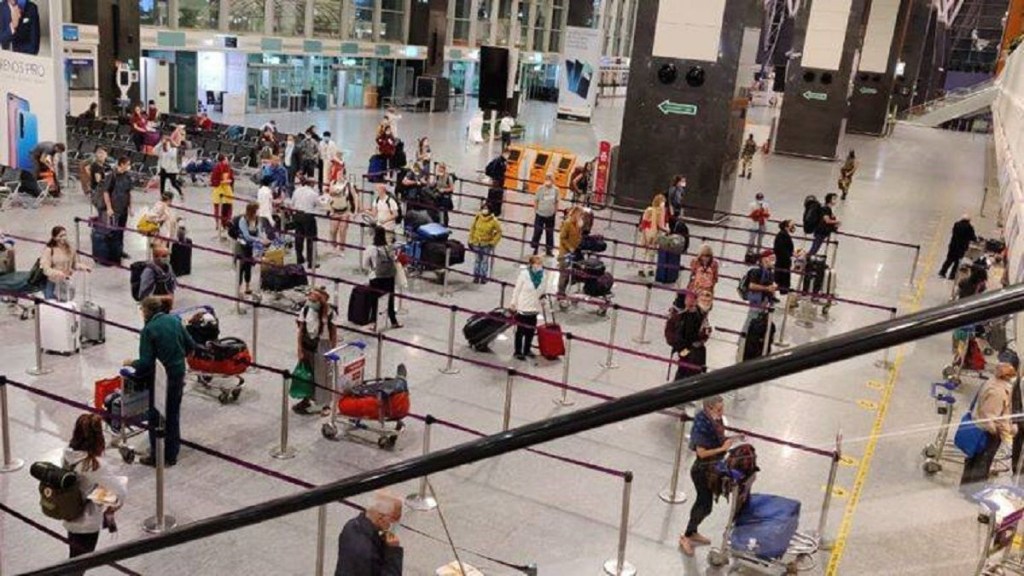The Airport Authority of India (AAI) has partnered with global airlines IT services solution provider SITA to implement cloud-based technologies across 43 airports in the country. This initiative aims to enhance over 2,700 passenger touchpoints, enabling the adoption of innovative solutions that meet the expectations of modern travellers. The scalable technologies will eventually be deployed in an additional 40 airports within the next seven years, with an estimated 500 million passengers expected to benefit from these advancements.
How will this help?
The implementation of these cloud solutions will empower passengers by offering them more control over their journey. It will facilitate a streamlined and efficient check-in, bag drop, and collection process through both assisted and self-service mechanisms. Additionally, airports will experience reduced infrastructure requirements and increased operational efficiency. Airlines, on the other hand, will benefit from lower service charges and the opportunity to create personalised passenger experiences through an agile technology platform.
Sumesh Patel, President of SITA Asia Pacific, highlighted the advantages of adopting cloud solutions, including enhanced scalability to accommodate growing passenger numbers. A cloud-first approach not only improves security but also enables airlines to host progressive technologies and move away from native applications. Centralised cloud hosting reduces on-premise infrastructure costs, provides centralised control, and facilitates proactive monitoring and service management.
Moreover, the introduction of cloud technology will enable Indian airports to transition to common-use passenger experiences. This means multiple airlines can leverage the same infrastructure, such as check-in counters, self-service kiosks, and boarding gates, enhancing operational efficiency and flexibility.
Unlocking India’s economic growth
India’s airport count is projected to increase from 148 to 220 by 2025, connecting nearly 50 cities with populations exceeding one million people. This expansion is expected to generate substantial economic value in the long term. To fully unlock India’s economic growth potential, efficient operations and a seamless passenger experience at these airports are crucial.
Under the agreement, SITA will deploy its advanced solutions, including SITA Flex, Common Use Passenger Processing System (CUPPS), SITA Common Use Self Service (CUSS), and SITA Bag Manager. These IATA-certified platforms offer airlines and ground handlers the benefits of common-use technologies, enabling scalable operations to meet their specific requirements.
The implementation of a baggage reconciliation system will also ensure a high level of accountability and security, preventing losses and mishandling. This technological advancement is vital for industry recovery and will pave the way for future adoption of biometric passenger processing. Real-time dashboard-based information will be accessible to governing agencies, promoting transparency and informed decision-making.
The introduction of these cloud-based technologies will optimise operational efficiencies, provide real-time system availability updates, and promote smooth operations across all airports in India. By leveraging technology-driven solutions, the AAI aims to deliver seamless, safe, and sustainable air travel experiences for passengers, airlines, and airports alike.
(With inputs from agencies)

